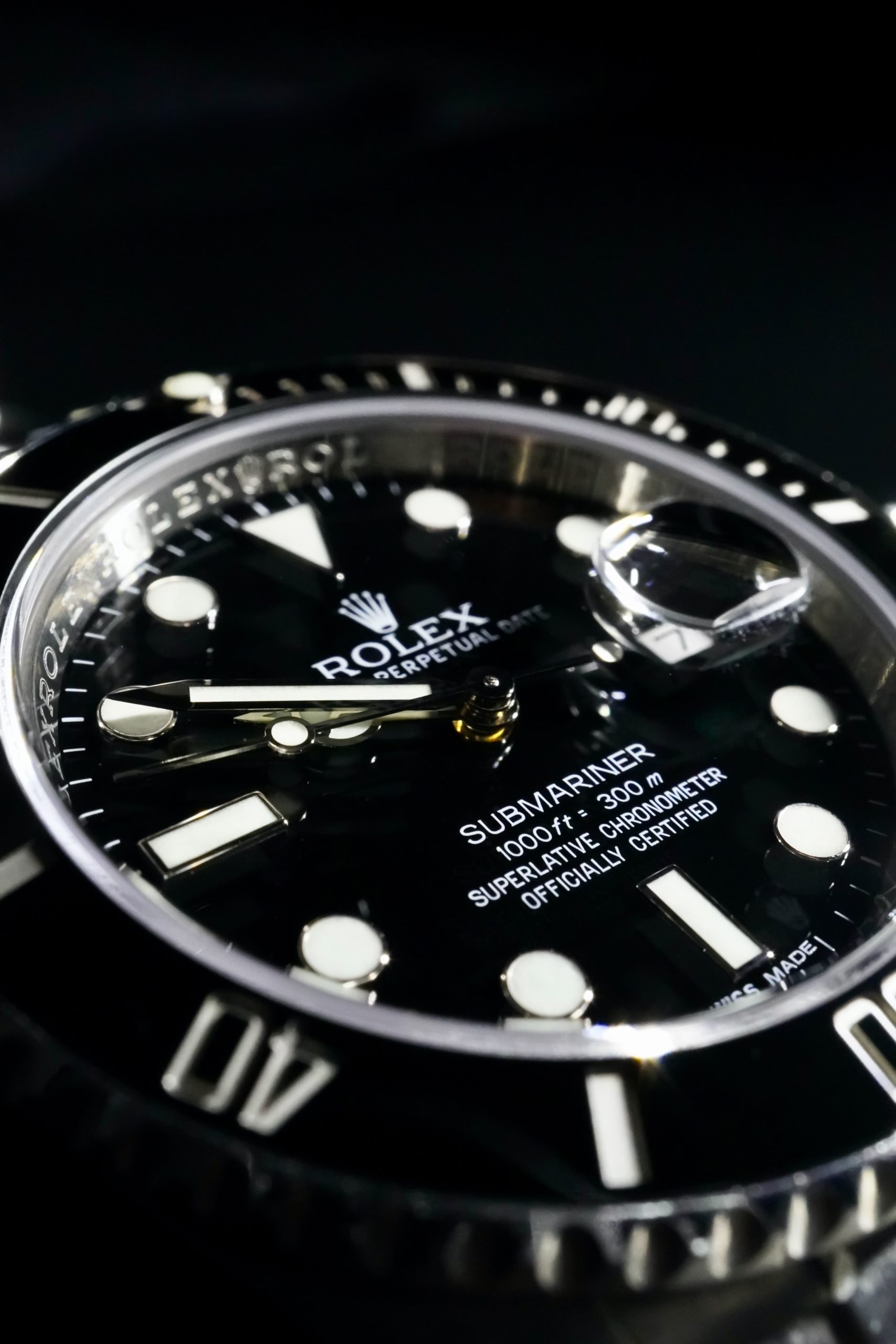While we wouldn’t be presented to the extremely first Yacht-Master until 1992, Rolex’s background in cruising goes back to 1958, the year the Swiss watchmaker partnered with the respected New York City Luxury Yacht Club. By then, Rolex had already gathered a track record for making great water-proof watches with the invention of their Rolex Oyster case back in 1926. So, the partnership was in fact quite an all-natural next step.
To purchase Rolex Submariner, please visit the link.
Rolex solidified its relationship with the globe of sailing in 1966 when Francis Chichester, among the background’s most outstanding navigators, became the initial individual to sail around the world on his luxury yacht, the Gipsy Moth IV, with a Rolex on his wrist. His voyage, which covered from August 1966-May 1967, took him 29,600 miles around the world. nonetheless, among the most excellent component is that he had a couple of devices to help him navigate his way, including nautical charts, a sextant, as well as a Rolex Oyster Perpetual. The Rolex wristwatch chronometer he used was a reliable as well as steady partner, helping him keep time in harsh conditions for 226 days at sea.
In spite of the brand’s massive success in developing watches that were wonderful for cruising, Rolex remained to keep back its initiatives to create a watch, particularly for this group. The brand name did quickly mess around with the concept in the 1960s, launching a model dial for the Cosmograph chronograph with the name “Luxury Yacht-Master” on it; however, the concept never held. Today, two well-known instances of this prototype Daytona Yacht-Master are recognized to exist, one coming from Eric Clapton, whose design sold for $125,100 at auction in 2003, as well as one had by epic Rolex collection agency John Goldberger.
In 1992, we were lastly introduced to the modern Yacht-Master we know and love today. Its official name, the Rolex Oyster Perpetual Yacht-Master, was the brand’s initial ultra-luxury sports watch built for the open seas.




